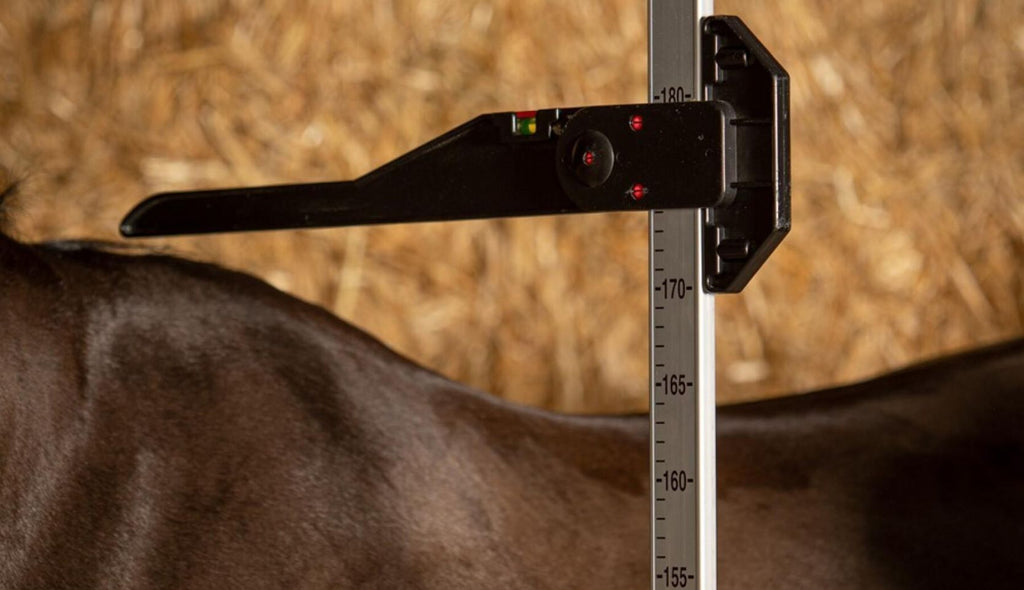Understanding Horse Heights and Types for Competition

Horse competitions encompass a wide range of disciplines, with specific categories based on horse height. In both show horse and dressage competitions, horses are classified into sizes. For Show Horse, the categories are ponies, galloways, and hacks. For dressage, the categories are pony or horse. These classifications ensure fairness and consistency in judging, helping riders and trainers select the best categories for their horses.
Show Horses and Their Classifications
Show horses are divided into three main categories based on their height:
- Pony Show Horse/Hunter: Must not exceed 14hh.
- Galloway Show Horse/Hunter: Must be over 14hh and not exceed 15hh.
- Hack Show Horse/Hunter: Must exceed 15hh.
Show Horse vs. Show Hunter
A Show Horse is an elegant and beautifully conformed horse with high quality, excellent movement, and a graceful presence. Movement is crucial in judging, as the horse must move with balance, elegance, and rhythm, maintaining a light and even contact. Judges assess these horses based on their conformation, manners, and overall impression.

A Show Hunter, on the other hand, should have more substance than a traditional show horse. While they still need to be quality animals, their conformation should suggest they could comfortably and safely traverse varied terrain, mimicking a real hunting scenario. These horses are judged on their ability to move efficiently and comfortably, with conformation that supports their performance.
Attire for Show Horse and Show Hunter Events
- Show Horse Riders: Typically wear traditional solid coloured show jackets, lighter stone or vanilla coloured tights, jodhpurs or breeches, polished boots, and a well-fitted velvet coloured helmet. Their presentation emphasises elegance and refinement.

- Show Hunter Riders: Wear more practical, hunting-style attire, which may include a tweed hunter show jacket, darker coloured tights, jodphurs or breeches (like our Hunter Competition Tights), and dark coloured boots. The overall turnout should be neat but functional.

For more details, visit Equestrian Australia Show Horse.
Dressage Horse Heights and Rules
Dressage horses are categorized as ponies or horses based on their height:
- Ponies: Must not exceed 149 cm with shoes or 148 cm without shoes.
- Horses: Must exceed 149 cm with shoes or 148 cm without shoes.
Why Are Pony and Horse Classes Separated?
Splitting pony and horse classes ensures fair competition. Ponies have different movement mechanics and stride lengths compared to horses, affecting their ability to perform dressage movements. By maintaining separate divisions, competitions remain equitable for all participants.

Official Dressage Requirements
- Horses must be at least 3 years old, registered with Equestrian Australia (EA), and have a current performance card.
- Official dressage competitors must be at least 12 years old and EA members.
- Pony dressage riders must be at least 10 years old.
- Ponies must have a valid EA Measuring Certificate to compete in official pony classes.
For further details on dressage classifications, visit Dressage NSW.
Measuring and Certification for Dressage Horses
- Ponies 8 years and older may qualify for a Life Measurement Certificate.
- A pony without an EA Measuring Certificate may be asked to undergo official measurement before being allowed to compete in pony-specific events.
- The State Dressage Authority (SDA) determines if a horse or pony requires a status change, with all grading points transferring accordingly.
The same Equestrian Australia measuring rules apply to both show horses and dressage horses, ensuring consistency across disciplines.

Measuring Rules for Show Horses and Dressage Horses
Accurate measurement of horses is critical for proper classification. Key measuring rules include:
Handling of the Horse:
- Horses should be allowed to relax before measurement.
- If a horse is unsettled, it can be re-presented within an hour.
Positioning of the Horse:
- Front legs must be parallel, and hind feet should be even and perpendicular.
- The poll should align with or be above the wither at measurement.
Shoes and Unshod:
- Horses must be fully shod, shod with two front shoes only, or completely unshod.
- Horses with only hind shoes or missing one front shoe cannot be measured.
- Unshod hooves must be balanced and properly prepared.
- A 1cm (3/8 inch) shoe allowance is deducted for shod horses.
Measurement Process:
- The measurement is taken at the highest point of the wither, with the horse standing evenly.
- The owner must observe and understand the procedure.
- The measurement should be gentle and not forced, with the horse remaining relaxed.
- Each horse is measured twice, with no more than 10 minutes spent in the measuring area.
Measurement Documentation:
- The EA Measurement Card is completed and handed to the owner after measurement.
- Any doubts or issues should be referred to the Chief Measurer.
For official measurement days and current specific measuring guidelines, visit Equestrian Australia Measuring Rules and Days.
Final Thoughts
Understanding the classifications and measurement rules for show horses and dressage horses is essential for competitors. Proper classification ensures fair competition and allows riders to select the best divisions for their horses. Whether competing in show horse events or dressage, adhering to height and measuring guidelines ensures a level playing field for all participants.
For official measuring rules, visit Equestrian Australia.
SHARE:
